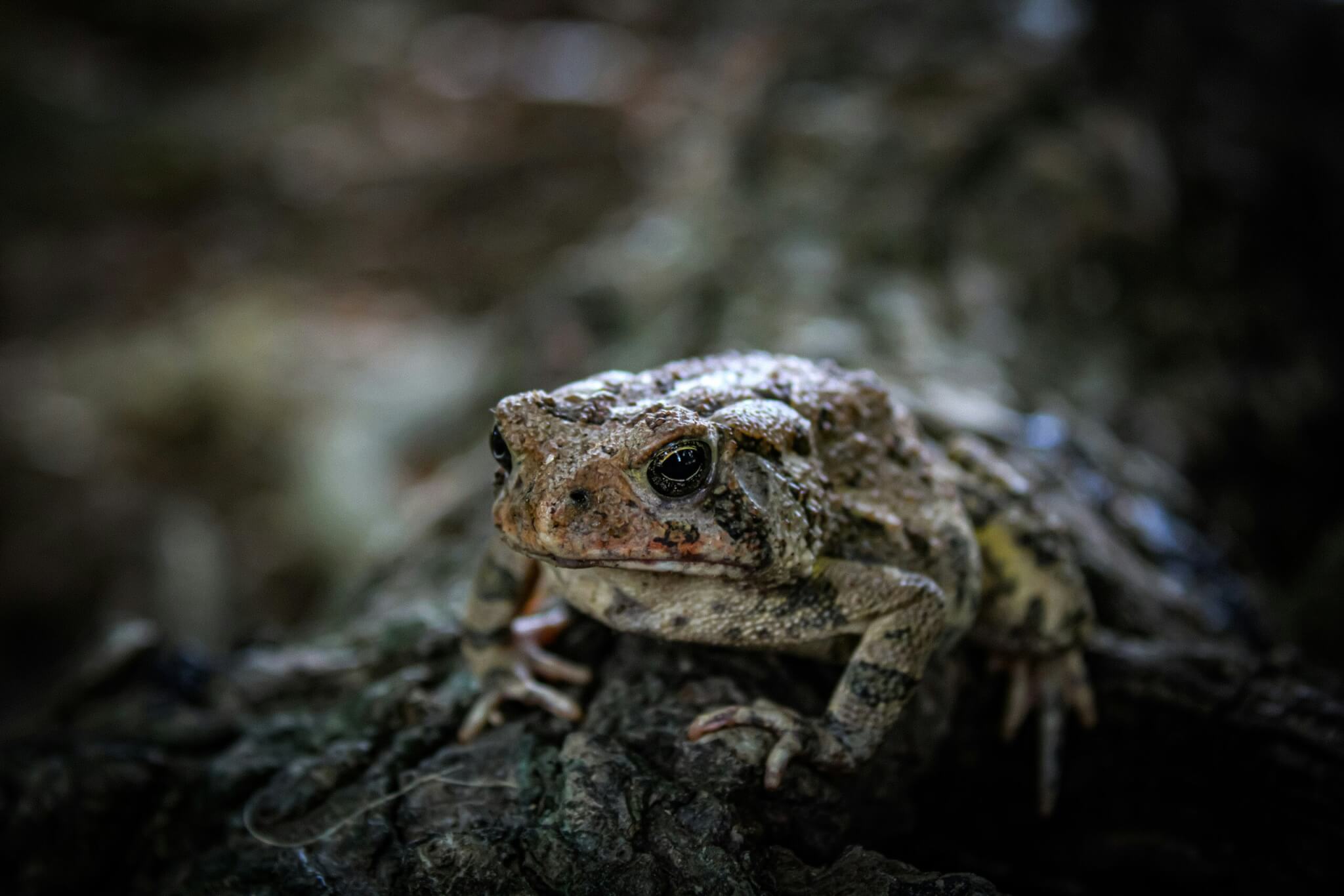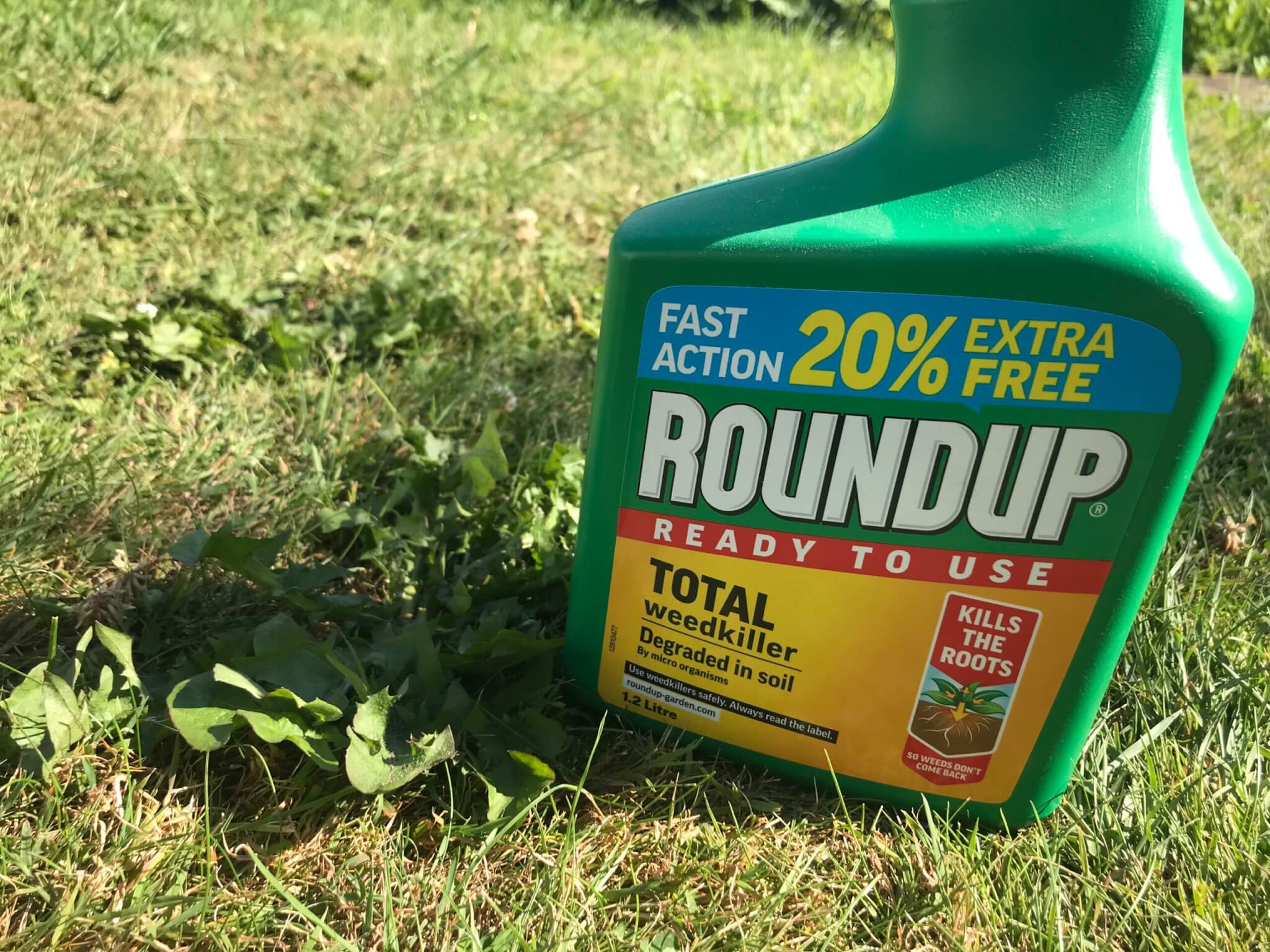This is coming to you from Home Farm in Yorkshire, our Riverford farm in the north. Peter Richardson, our partner and the grower of most of the veg up here is as daft as me; the line between visionary innovation and restless madness is fine and precarious. Knowing Peter’s weakness for a challenge, I’ve been trying to persuade him to grow horseradish, rhubarb and a tuber from New Zealand called oca but, as I pulled up in his yard, his head was buried in the guts of his latest project; a 200kW anaerobic digester.
The Beast, as his wife Jo-ann has named it, needs to be fed a balanced diet of cow muck, silage and any rejected vegetables. After 60 days of fermentation without oxygen in an 18m diameter insulated tank, the methane produced fuels a generator that supplies 200kW of carbon-neutral electricity into the grid. The spent fuel is then strained and used as a fertiliser for Peter’s vegetables and the clover leys that produce the silage. Meanwhile waste heat is used to warm the tank to the desired 40°C in addition to heating our box barn, with more initiatives in the pipeline. I suggested a heated greenhouse, but Peter said he was too old for that. After extracting him from the troublesome bowels of the Beast, I got him to explain the workings of the digester and the teething problems that had given him, “the worst six weeks of my life,” as he put it. The last AD plant I saw was in India and fashioned largely out of mud; this one had more digital displays, wires and controls than NASA Ground Control yet in true farmer style Peter seems to have worked out how to override most of them.
In the surrounding fields, crops of spinach, courgettes, cauliflower, kales and sweetcorn all looked good but given his frustrated mood Peter took me straight to his asparagus that was buried in ‘wickens’. This invasive grass is dreaded by organic growers, being almost impossible to control in a standing crop. His mood only really lifted when we dug up some lovely pink fir apple potatoes for me to take home; Peter is certainly one of our best potato growers. It will take more than a temperamental piece of equipment to break him, but I decided not to suggest any new crops on this trip.












0 Comments